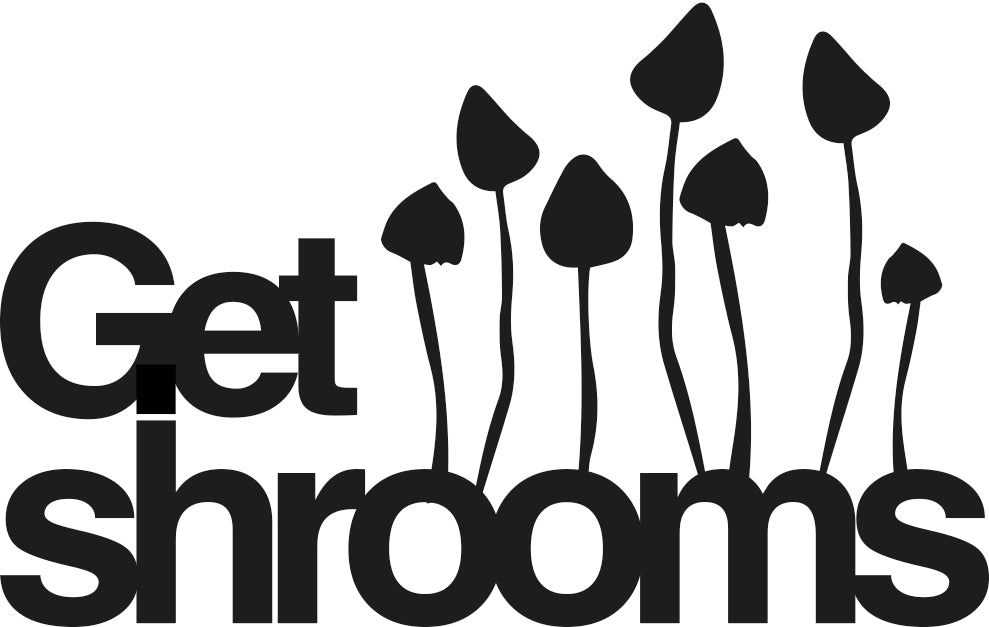BETA-GLUCANS: THE BEST TYPE OF POLYSACCHARIDE
Mushrooms (or basidiomycetes) contain many different forms of polysaccharides but the most important compounds are identified as the beta-D-glucans. Beta-glucans come in various forms. The main one has what is known as 1-3,1-6 branching, or (1-3)(1-6) beta-D-glucans. This refers to the structural characteristics with particular designations (1-3) describing the linking pattern in the long-chain molecule. (1-3)(1-6) beta-D-glucans are specific to fungi and yeast. Oats and grains also contain beta-glucans but they have a different branching structure, which is (1-4)-beta-glucans.
The important difference when comparing the various sources of polysaccharides is that beta-glucans (and cellulose) are beta-linked while other forms such as starch are alpha-linked, otherwise known as alpha-glucans (α-Glucans). This leads us to the problems with alpha-glucans (starch/glycogen) and their cause for much of the confusion within the functional mushroom industry. So Polysaccharides are a poor measurement of mushroom extract quality.
Beta-glucan is the most well-researched medically active compound in mushrooms. After concentrated extraction, we can get a high level of mushroom beta-glucan. Mushrooms generally do not contain starch. However, they only contain small amounts of glycogen. Typically less than 5%. Starch and glycogen are both alpha-glucans. Some other companies adding starch in order to reduce the cost. However, we never add starch to our mushroom extract powder. So it will make the final extract powder contains less than 5% alpha-glucan.
